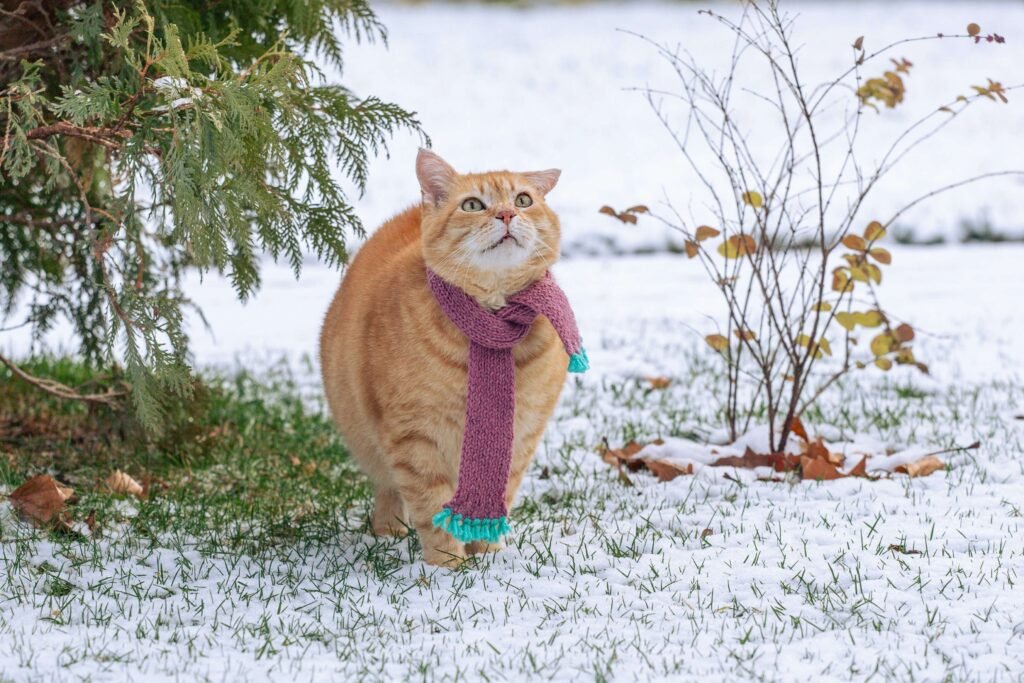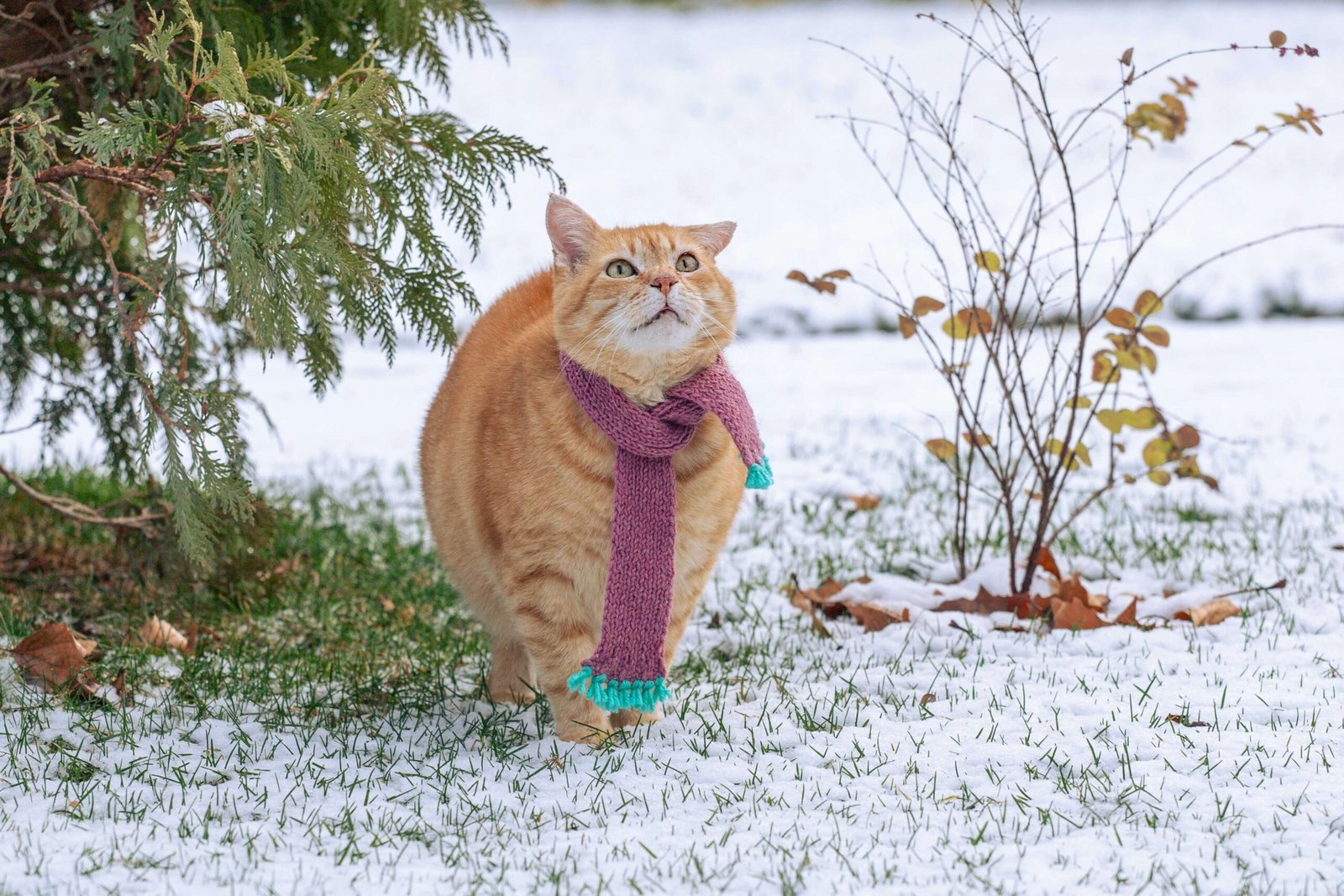How Far Can a Cat Smell? Unveiling the Secrets of Feline Olfactory Powers
Cats are fascinating creatures, known for their agility, independence, and mysterious nature. But one aspect that often goes unnoticed is their incredible sense of smell. While we marvel at their graceful leaps and playful antics, their olfactory abilities quietly play a crucial role in their daily lives. From detecting danger to finding food and even identifying familiar faces, a cat’s nose is a powerful tool.
In this blog post, we’ll dive into the science behind a cat’s sense of smell, explore how far they can detect scents, and uncover why this ability is so vital to their survival and well-being. Whether you’re a cat lover or simply curious about animal behavior, this deep dive into feline olfaction will leave you amazed.
The Science Behind a Cat’s Sense of Smell
To understand how far a cat can smell, it’s essential to first grasp the basics of their olfactory system. Cats possess an extraordinary sense of smell that far surpasses that of humans. Here’s a breakdown of what makes their noses so remarkable:
Cats have around 200 million scent receptors in their noses, compared to just 5 million in humans.
Their vomeronasal organ, also known as the Jacobson’s organ, enhances their ability to detect pheromones and other subtle scents.
A cat’s brain dedicates a larger portion to processing smells than a human’s brain does.
Their wet noses help capture scent particles more effectively, acting like a natural scent trap.
Cats can use their sense of smell to identify emotions, such as fear or happiness, in both humans and other animals.
Understanding these biological advantages helps explain why cats rely so heavily on their sense of smell. It’s not just about finding food; it’s about navigating their world with precision and confidence.
How Far Can a Cat Smell? Breaking Down the Distances
While cats may not be able to smell as far as some animals like dogs, their olfactory range is still impressive. Let’s explore the factors that influence how far a cat can detect scents:
Cats can detect scents from up to 20 feet away in ideal conditions, such as when the air is still and the scent is strong.
Strong odors like food or pheromones can sometimes be detected from even greater distances, especially if carried by the wind.
Outdoor cats often use their sense of smell to track prey or locate territory markers left by other animals.
Indoor cats may have a slightly reduced range due to limited exposure to diverse scents, but their sensitivity remains sharp.
A cat’s emotional state can influence their ability to focus on distant scents, with calm cats performing better than stressed ones.
In summary, while the exact distance varies depending on environmental factors, a cat’s sense of smell is finely tuned to detect scents from impressive distances, making it a key survival tool.
Check this guide 👉Why Does My Cat Smell Bad? Best 7 Expert Tips!
Check this guide 👉Why Does My Cat Smell So Good? Best 7 Expert Tips!

Factors Influencing a Cat’s Sense of Smell | Examples |
|---|---|
Environmental Conditions | Wind speed, humidity, temperature |
Type of Scent | Food, pheromones, danger signals |
Cat’s Health | Respiratory issues, age, diet |
Emotional State | Stress, curiosity, relaxation |
Exposure to Scents | Indoor vs. outdoor environments |
Why Is a Cat’s Sense of Smell So Important?
A cat’s sense of smell plays a critical role in nearly every aspect of their life. From survival to social interactions, here’s why this ability is indispensable:
Scent helps cats identify their territory, marking it with pheromones to ward off intruders.
Mothers use their sense of smell to bond with and care for their kittens, recognizing them by unique scents.
Cats rely on their noses to detect spoiled or unsafe food, preventing potential health risks.
Scent serves as a communication tool, allowing cats to “read” messages left by other animals.
A cat’s sense of smell aids in hunting, helping them track prey even in low-visibility conditions.
Clearly, a cat’s sense of smell is much more than a mere biological function—it’s a cornerstone of their existence.
Fun Facts About a Cat’s Sense of Smell
Cats’ olfactory abilities are full of surprises. Here are some intriguing facts that highlight just how remarkable their sense of smell truly is:
Cats can smell fear in humans and other animals, often responding with caution or aggression.
Kittens are born blind and deaf, relying entirely on their sense of smell to find their mother’s milk.
A cat’s nose print is as unique as a human fingerprint, though it’s rarely used for identification.
Cats dislike certain scents, such as citrus or vinegar, which can be used as natural deterrents.
Some cats develop a heightened sense of smell after losing their vision, compensating for the loss with other senses.
These fun facts underscore the complexity and adaptability of a cat’s olfactory system, making them even more fascinating companions.
How Cats Use Smell for Communication
Cats rely heavily on their sense of smell to communicate with other animals and even humans. Their noses act as a silent language, conveying messages that we might not always notice. Here’s how they use scent to interact:
Cats rub their faces on objects or people to leave their scent, marking them as part of their territory.
They sniff each other’s tails and rear ends to gather information about identity, health, and reproductive status.
A cat may hiss or growl if it detects the scent of an unfamiliar or threatening animal nearby.
Rolling on the ground and exposing their scent glands is a way for cats to signal friendliness or submission.
Cats often avoid areas marked by the scent of predators, using their noses to stay safe.
Through these subtle yet powerful methods, cats create a rich tapestry of communication that revolves around their incredible sense of smell.
The Role of Smell in a Cat’s Hunting Behavior
A cat’s sense of smell is an essential tool when it comes to hunting. Even domesticated cats retain this instinct, which ties back to their wild ancestry. Let’s explore how their olfactory abilities enhance their predatory skills:
Cats use their noses to detect the presence of prey, even in dark or hidden environments.
The scent of blood or raw meat can trigger a strong hunting response in cats, even if they’re well-fed.
Outdoor cats often follow scent trails left by small animals like mice or birds to track them down.
Cats may lose interest in food if it doesn’t have a strong enough smell, as scent plays a key role in their appetite.
Scent helps cats identify whether prey is fresh or spoiled, ensuring they don’t consume harmful substances.
From tracking to decision-making, a cat’s sense of smell is indispensable during the hunt, showcasing their natural instincts at work.
How Owners Can Support Their Cat’s Sense of Smell
As cat owners, there are several ways we can nurture and support our feline companions’ olfactory health. By understanding their needs, we can help them thrive both physically and mentally. Consider these tips:
Provide a variety of scents through toys, scratching posts, or cat-safe plants like catnip to stimulate their noses.
Avoid using strong artificial fragrances like air fresheners near your cat’s living space, as these can overwhelm their sensitive noses.
Rotate their toys regularly to introduce new scents and keep them mentally engaged.
Ensure their food has a pleasant aroma, as cats rely on smell to determine whether they’ll eat something.
Take note of any changes in their sniffing behavior, as this could indicate health issues like respiratory infections.
By paying attention to your cat’s sense of smell, you can strengthen your bond with them while ensuring their well-being remains a top priority.
Frequently Asked Questions About a Cat’s Sense of Smell
How does a cat’s sense of smell compare to a dog’s?
While dogs generally have a stronger sense of smell, cats excel in detecting certain scents like pheromones.
Can a cat’s sense of smell weaken with age?
Yes, older cats may experience a decline in their olfactory abilities, similar to humans.
Do indoor cats lose their sense of smell?
No, indoor cats retain their sense of smell, though it may not be as finely tuned as outdoor cats’.
Why do cats sniff each other’s faces?
Cats sniff faces to gather information about the other cat’s identity, mood, and health.
Can a cat’s sense of smell be trained?
Yes, cats can be trained to recognize specific scents, though it requires patience and positive reinforcement.
The Marvel of a Cat’s Nose: Appreciating Their Hidden Superpower
A cat’s sense of smell is nothing short of extraordinary. From detecting scents from impressive distances to using their noses for communication, survival, and bonding, their olfactory abilities are a testament to nature’s ingenuity. Understanding how far a cat can smell and why it matters allows us to appreciate our feline friends on a deeper level. Next time you watch your cat pause to sniff the air or investigate a new object, take a moment to marvel at the hidden superpower they carry in their tiny noses. After all, there’s so much more to these enigmatic creatures than meets the eye—or the nose.
Canned Pumpkin for Cat Diarrhea: Best 7 Expert Tips! Natural remedy to firm stools, soothe upset bellies, and support gut health safely.
Can a Cat Give You Scabies? Best 7 Expert Tips! Discover the truth about feline mites, human skin risks, and how to protect yourself—without panic.
Cat Flea vs Human Flea: Best 7 Expert Tips! Discover the truth about bites, species, and how to eliminate infestations for good.
Weird Cat Behaviors: Best 7 Expert Tips! Discover why cats do strange things—and how to understand, not punish, their instincts for a happier home.





